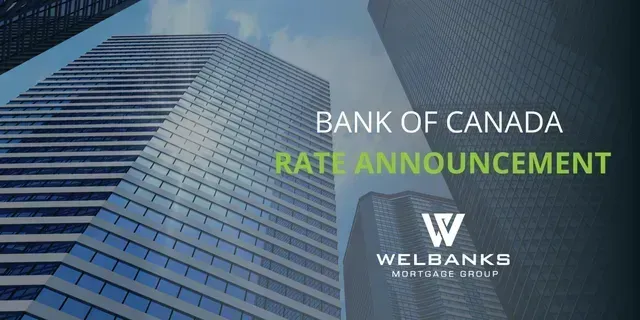Is Refinancing Your Mortgage a Good Way to Consolidate Debt?
If you're a homeowner juggling multiple debts, you're not alone. Credit cards, car loans, lines of credit—it can feel like you’re paying out in every direction with no end in sight. But what if there was a smarter way to handle it?
Good news: there is. And it starts with your home.
Use the Equity You’ve Built to Lighten the Load
Every mortgage payment you make, every bit your home appreciates—you're building equity. And that equity can be a powerful financial tool.
Instead of letting high-interest debts drain your income, you can leverage your home’s equity to combine and simplify what you owe into one manageable, lower-interest payment.
What Does That Look Like?
This strategy is called debt consolidation, and there are a few ways to do it:
- Refinance your existing mortgage
- Access a Home Equity Line of Credit (HELOC)
- Take out a second mortgage
Each option has its own pros and cons, and the right one depends on your situation. That’s where I come in—we’ll look at the numbers together and choose the best path forward.
What Can You Consolidate?
You can roll most types of consumer debt into your mortgage, including:
- Credit cards
- Personal loans
- Payday loans
- Car loans
- Unsecured lines of credit
- Student loans
These types of debts often come with sky-high interest rates. When you consolidate them into a mortgage—secured by your home—you can typically access much lower rates, freeing up cash flow and reducing financial stress.
Why This Works
Debt consolidation through your mortgage offers:
- Lower interest rates (often significantly lower than credit cards or payday loans)
- One simple monthly payment
- Potential for faster repayment
- Improved cash flow
And if your mortgage allows prepayment privileges—like lump-sum payments or increased monthly payments—those features can help you pay everything off even faster.
Smart Strategy, Not Just a Quick Fix
This isn’t just about lowering your monthly bills (although that’s a major perk). It’s about restructuring your finances in a way that’s sustainable, efficient, and empowering.
Instead of feeling like you're constantly catching up, you can create a plan to move forward with confidence—and even start saving again.
Here’s What the Process Looks Like:
- Review your current debts and cash flow
- Assess how much equity you’ve built in your home
- Explore consolidation options that fit your goals
- Create a personalized plan to streamline your payments and reduce overall costs
Ready to Regain Control?
If your debts are holding you back and you're ready to use the equity you've worked hard to build, let's talk. There’s no pressure—just a practical conversation about your options and how to move toward a more flexible, debt-free future.
Reach out today. I’m here to help you make the most of what you already have.




